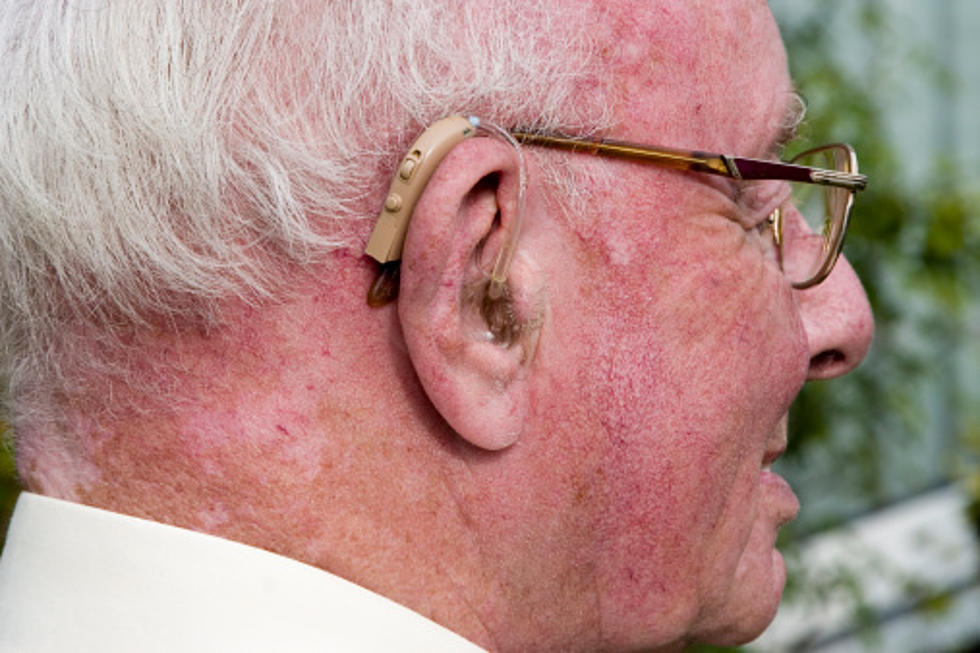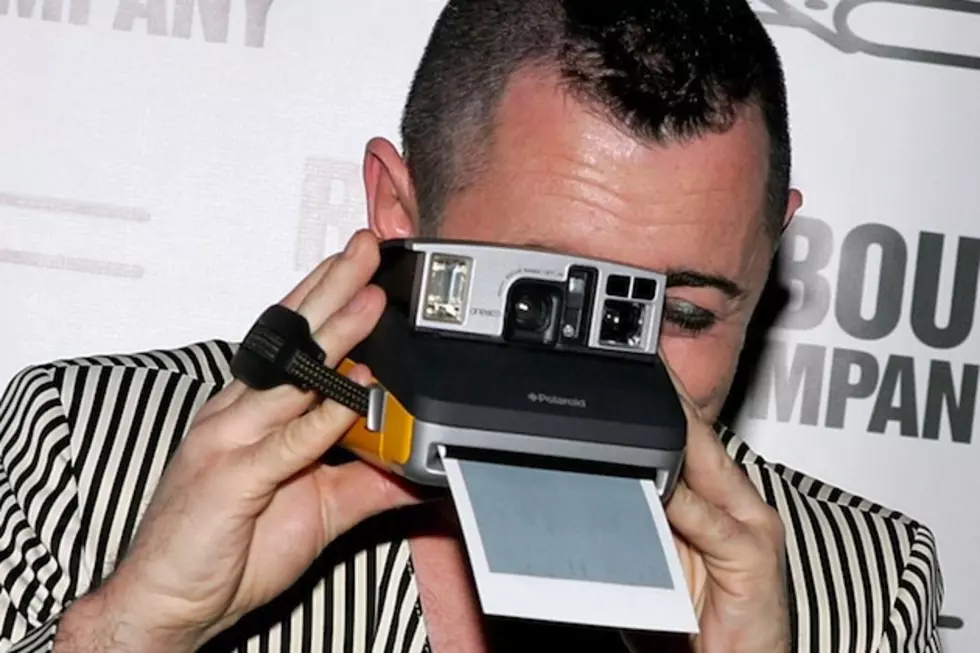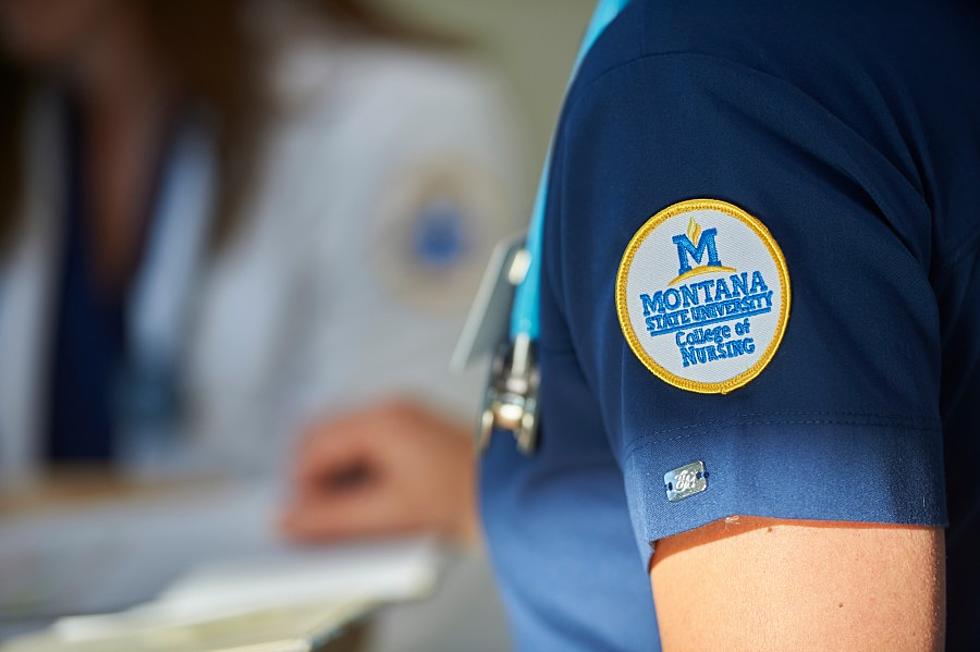
MSU Engineering Professor Cecily Ryan Wins Prestigious NSF Award
BOZEMAN — As a result of research at Montana State University, sensors used to monitor moisture in agricultural soils may one day be entirely biodegradable, and medical implants could be imprinted with enzymes that help absorption into the body.
Cecily Ryan, assistant professor in the Department of Mechanical and Industrial Engineering in MSU’s Norm Asbjornson College of Engineering, is leading a new project to advance 3D printing so it could be used to produce a range of innovative materials that incorporate biological and biodegradable components.
“We’re definitely on a new frontier in this area,” Ryan said. “I’m excited about how we can engineer materials that can work with a product through its entire life cycle." The research could have wide-ranging benefits, including reducing the environmental impact of a variety durable goods, she said.
Backing the project is roughly $700,000 of funding Ryan received from the National Science Foundation earlier this month. The CAREER grant, considered the premier award given to early-career researchers, will support her research as well as related community outreach projects over the next five years.
"I'm very proud of her achievement, as these are very competitive and prestigious grants," said Dilpreet Bajwa, head of the mechanical and industrial engineering department, noting that the other MSU researcher to win a CAREER award this year, Yaofa Li, is also in the department. "This is groundbreaking science that could have implications across a wide range of fields, not just in engineering but in agriculture, architecture and other areas."
3D printing conventionally involves melting plastic filament and depositing it in layers as a printer head scans back and forth. While the technology has gained popularity because it enables anyone with a desktop device to easily create customizable and complex plastic parts, there remains untapped potential to use the layer-by-layer construction method to weave multiple materials together to create products with unique capabilities, Ryan said.
To create biodegradable sensors, for instance, basic circuitry made of electrically conductive but easily biodegradable biochar — a plant-derived carbon material similar to charcoal — could be printed within a matrix of bio-based plastic, and a protective layer covering the device could be designed to break down after the intended use. To make enhanced medical implants, a 3D printer could embed special enzymes or cells in the part's outermost layer to signal the body to not reject the foreign object.
In order to precisely control how the biological materials are deposited, Ryan's team will harness recent advances in microfluidics, which involves manipulating tiny amounts of liquid using very thin channels etched or deposited on glass or metal. At the center of the project will be an effort to develop new 3D printer heads that integrate microfluidics devices, then testing the combinations with a variety of different printing materials.
According to Ryan, the use of precisely controlled fluids to insert biomaterials into the bioplastic matrix could have a significant advantage: protecting enzymes or other sensitive substances from the heat generated by the printer head. By using liquids than can absorb and dissipate a significant amount of heat, a wide range of otherwise heat-sensitive materials could be used in 3D printing. Besides experimenting with printers in the lab, the project will involve detailed modeling about heat and fluid flow.
The grant will support two or more graduate students as well as several undergraduate researchers, who will also introduce Montana K-12 students to 3D printing through a variety of outreach projects. The funding makes an especially big impact by supporting an ambitious research project for five years, Ryan said, providing stability to explore ideas that could have far-reaching impacts.
“This CAREER grant will really enhance our ability to work through the different challenges of structuring these new materials,” Ryan said. “It’s hands-on and very gratifying work.”
-by Marshall Swearingen, MSU News Service -









